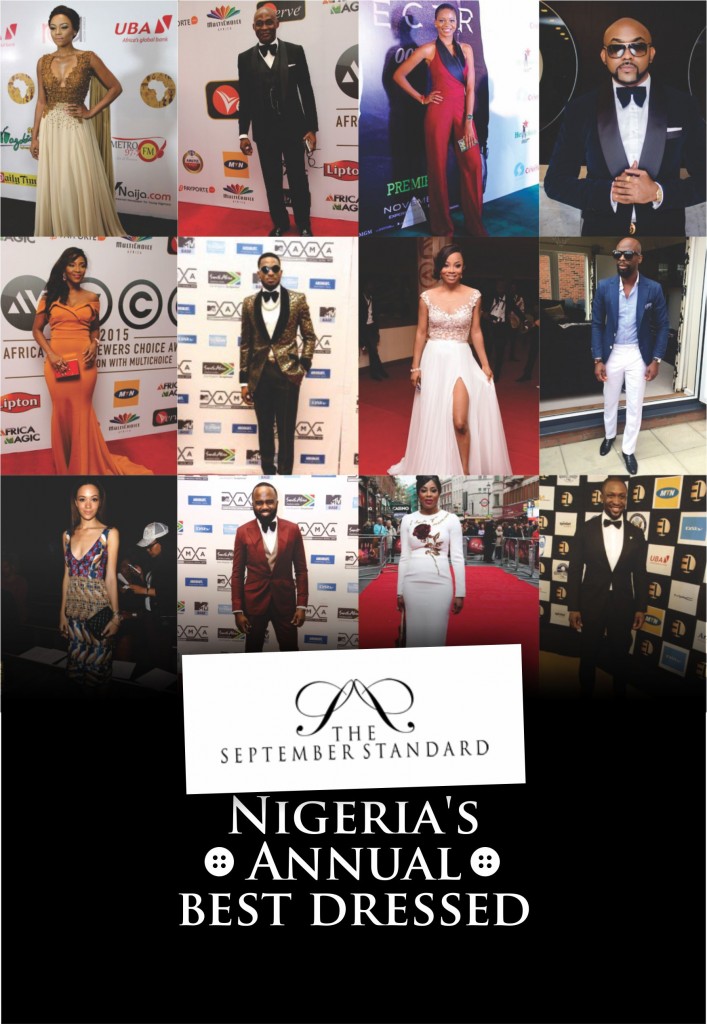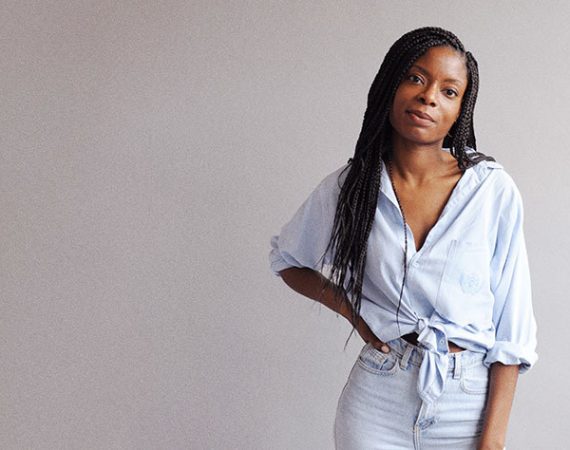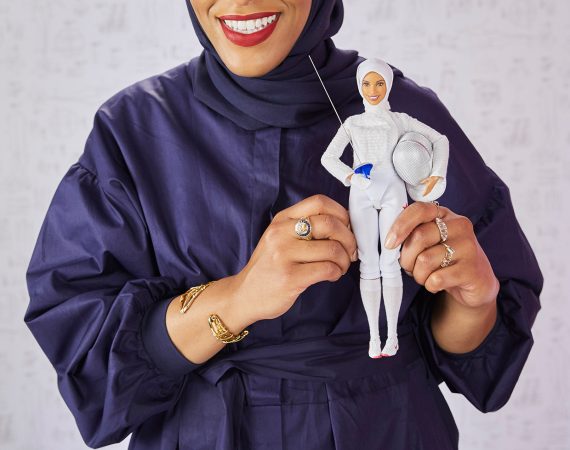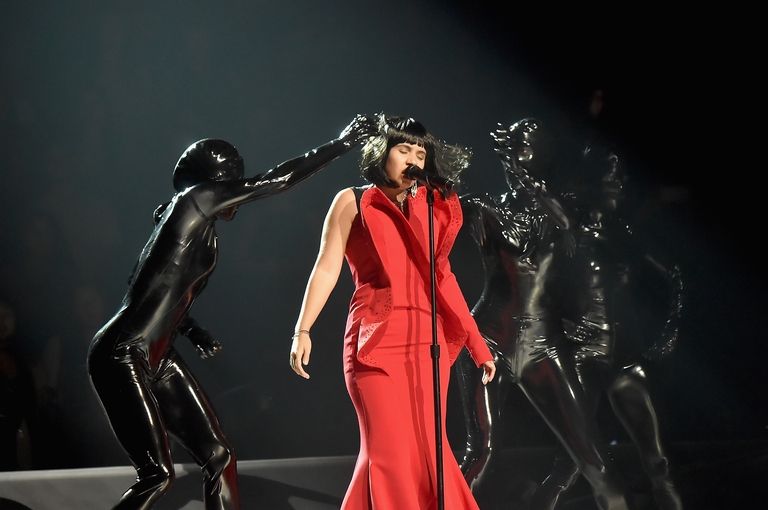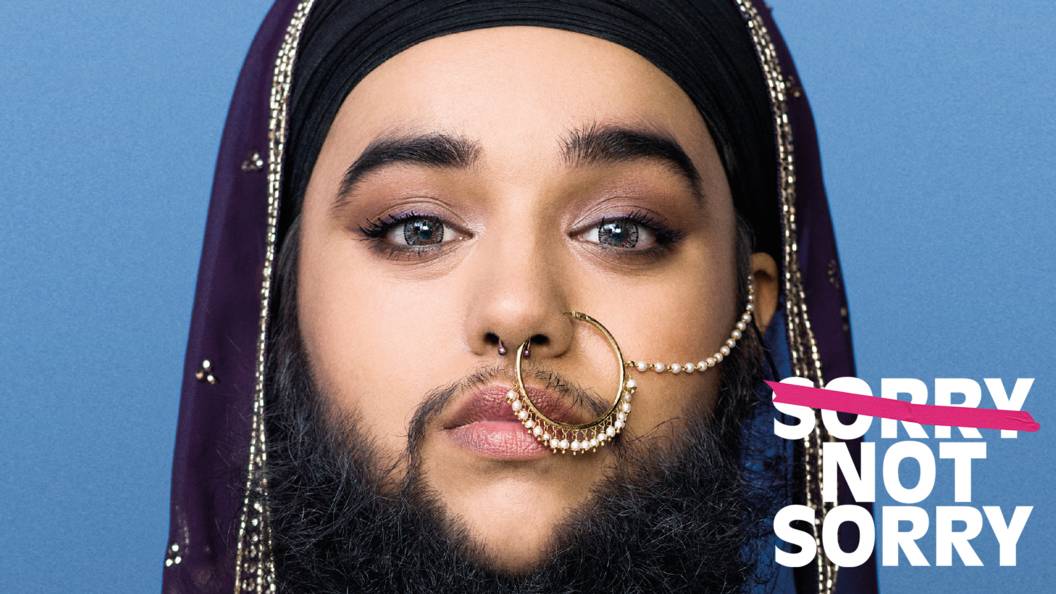US based Senegalese designer Sophie Zinga has chosen Lagos as a second home and Lagos Fashion Week her stomping ground. She first showed here in 2014, a start for a year that saw her profiled by CNN and become one of Africa’s most lauded fashion exports. She returns to familiar territory in 2015, with a new collection and a baby on the way.

The new Sophie Zinga collection is inspired by the concept of money and the symbols that pre-colonial Senegal used to represent wealth, particularly the cowrie shell. She ties the entire collection to this one symbol, employing complex embroidery and fabric textures to help sell the idea. There are other elements in the new collection that reference Africa. Feathered fringe hems on skirts and dresses that are similar to the raffia skirts worn by traditional Senegalese dancers.The result is glamorous, understated and a firm departure from her SS15 collection.
In some ways, it feels like Zinga is trying to distance herself from her previous work. She even changes her colour palette, favoring milky whites- cowries are usually a variation of white-, blues and greys. Gone are the shiny satin and the panel cuts, even the experimental bridal dress tacked on to the end (a surprisingly common trend now that the designer wedding dresses are a hit among the upper middle class looking to differentiate themselves).
They are replaced with sleek blouson blazers livened up with applique flowers, stove pipe pants, sheer crop blouses with full skirts overlaid in asymmetrical lace. Also this collection leans in favor of separates instead of ensembles, a good move for a designer who intends to sell to Africa, where a mix-match approach to personal style is favoured over adhering to a designer’s sartorial choices. It is a collection that is in tune with global trends but has Africa as its primary focus.
If there is anything to be said about the collection, it would be that Zinga doesn’t truly invest in her muses. Her themes only end up as superficial, like a bogus artist statement used to explain away great but uninspired work. There is a vast and storied history behind the barter system in pre-colonial Africa and the distinct currencies that gained popularity in West Africa from the late 1500’s that could have been properly explored. Perhaps, looking to the Nigerian Manilla for pattern inspirations or even the Igbo copper coils for accessory inspirations.
We hope her future work will do justice to the complexities of the ideas she chooses to explore.






















